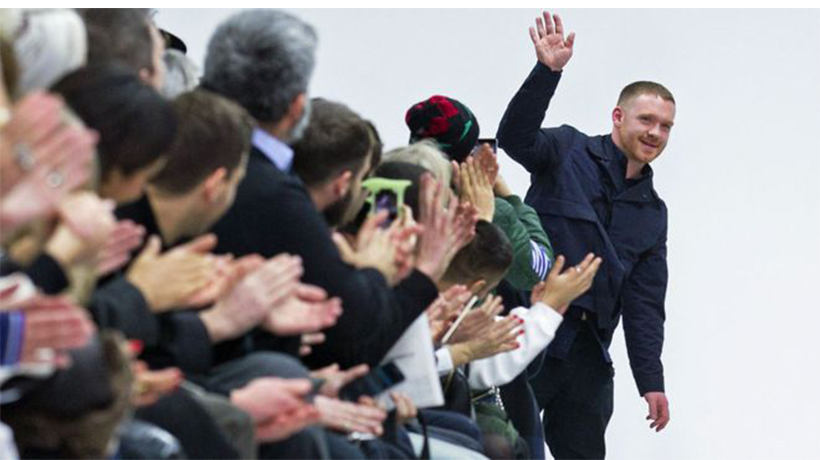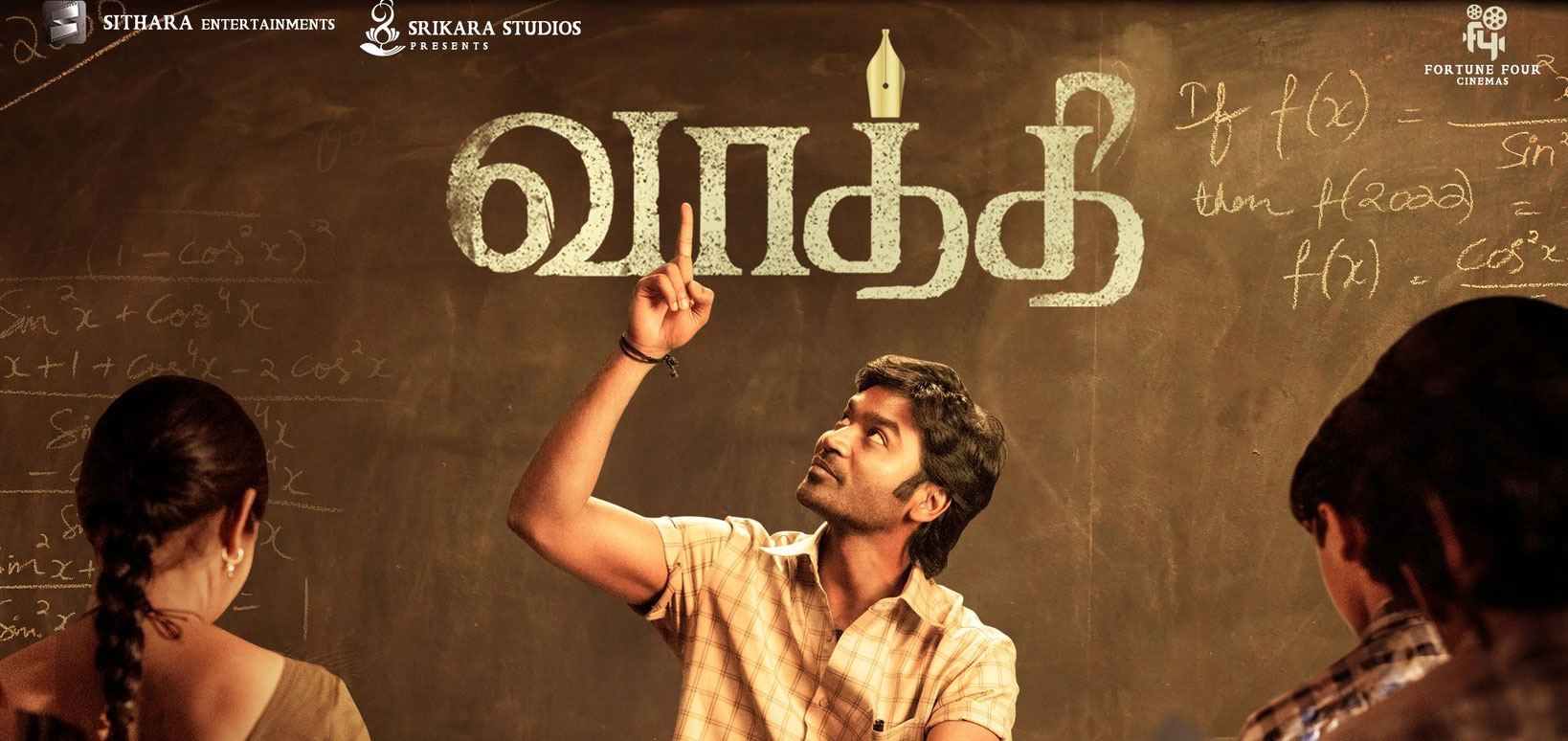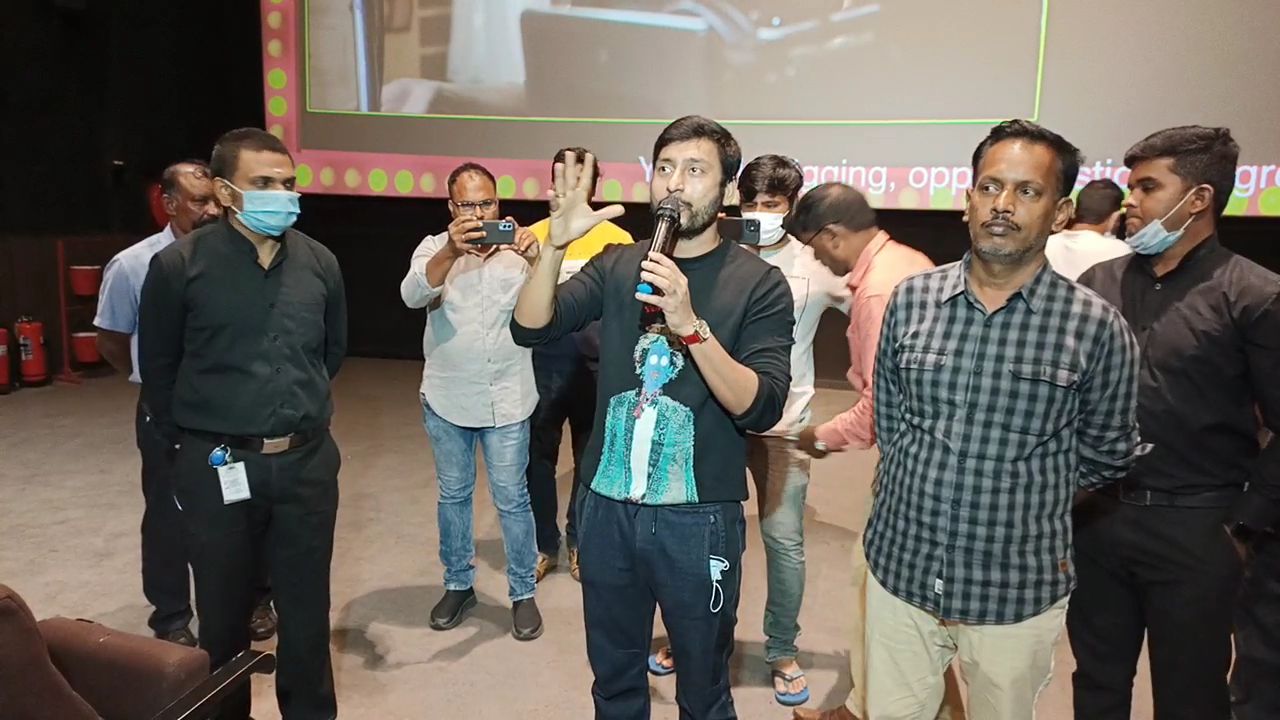Trending Now
- 830 voters names go missing in Kavundampalayam constituency
- If BJP comes to power we shall consider bringing back electoral bonds: Nirmala Sitaraman
- Monitoring at check posts between Kerala and TN intensified as bird flu gets virulent in Kerala
Entertainment
Men’s Fashion Week: How Craig Green conquered menswear
![]() January 8, 2018
January 8, 2018
For most of us, January is the month you can finally relax.
Christmas is done and dusted, New Year is out of the way, and you can watch half your friends attempt regimes with names like Dry Veganuary.
But if you’re a menswear fashion designer, it’s a different story.
While most of us have been in a post-Christmas stupor, they have been busy finalising their latest creations after months of painstaking work in preparation for London Fashion Week Men’s (LFWM), which returned this weekend.
The event was established in 2012 and now runs twice a year, a month ahead of the main Fashion Weeks.
And few catwalk shows attract as much attention as Craig Green’s.
The 31-year-old, who has been named British Menswear Designer of the Year for the last two years in a row, premieres his latest collection on Monday – the last day of LFWM.
Sitting down with BBC News just before Christmas, Green seems remarkably chilled out – but a great deal of work has gone into his latest collection.
“It’s a very long process,” he says. “Because the shows are six months apart, we start planning a month after the last show.
“But it’s continuously changing, we order fabrics, we get things back that we think are going to be great, and then we see them, we’re cutting them up, changing them, developing them in the studio.
“It’s a five-month process, and we work long hours!”
But, judging by the press Green has received in recent fashion weeks, the work is paying off.
The Financial Times described his shows as “a highlight of the London menswear schedule”, while GQ’s style editor Luke Day recently said: “It’s the quiet confidence of his work that defines him as the most exciting new menswear designer of our time.”
For someone who only set up his own label in 2012, shortly after graduating from Central Saint Martins college, Craig’s star has risen rapidly.
He was enlisted by Ridley Scott to design costumes for 2015’s Alien: Covenant, and his creations have been worn by the likes of Rihanna, Will Ferrell, Jay-Z and Drake.
“We were asked to create something custom for the opening look of Rihanna’s tour,” Green explains.
“But someone like Jay-Z, he just bought that T-shirt, so we didn’t know about that until we saw it. Sometimes they just go into a store and buy it.”
Big names aside, Green says his biggest thrill often comes from seeing people in the street wearing his clothes.
“I remember after the first collection, I was walking past Liberty’s and I saw someone wearing one of our knitted hats, and I didn’t know them, they weren’t a friend or fashion journalist, and I remember how weird it was.
“And to realise that that person made a conscious choice to go into a shop and buy it, that’s very strange in the beginning, but also exciting.”
Green’s success and critical acclaim are particularly notable for the fact he “didn’t come from an art or fashion-based family”.
“I come from north-west London, and my dad is a plumber and my mum was a nurse,” he says. “Art was just the subject that I seemed to do well in at school.”
After a friend recommended going to an open day at Central Saint Martins, which Green hadn’t heard of at the time, he ended up securing a place to study art.
Green initially had the idea of being a portrait painter or sculptor, but ended up being most taken with fashion – enjoying the community feel of the course, the pace of the work and the ability to experiment.
In the beginning, “I made a few really bad dresses for a charity fashion show”, he laughs. “I didn’t know how to sew – they were pretty much stapled together I think.”
“My designs always play on ideas of function, things that used to be functional or things that look like they do something but they don’t.
“Excessive numbers of pockets, strings that pull in your waist, or strings look like if you pulled them maybe would inflate – it’s that play on functionality. It’s about looking at things that aren’t initially romantic and finding something interesting or beautiful in them.
“And I don’t know why, but we always go back to ideas of uniform or having lots of guys wearing the same kind of thing.
“It might just be because people don’t really wear uniforms any more, and I think there’s something romantic about having a communal way of dress, or that one size fits all utilitarian workwear feeling.”
Green remembers one particular fashion show that inspired him to get into the industry.
“I went to a show when I was in college and it was so thrilling and exciting and it had so much energy, people were pushing to get in, people were jumping over barriers, there was so much energy in the room,” he says.
“And really, a fashion show is just people walking up and down with music on for a few minutes. But I was so surprised that you could make someone feel something or have so much excitement with just clothes, models and music.
“So when we approach a show, it’s almost like it’s meant to be a kind of exciting or creative fantasy version of what’s available to sell. We don’t sell the pieces with wooden elements, for example, but a lot of those more extreme kind of sculpture pieces end up as part of museum collections.
“We make those pieces because it’s about creating a world or a strong visual, but then we also sell jackets and shirts and things that are more accessible for people.”
Of course, one of the main issues the public can have with designer labels is pricing. Why spend more money on a jacket with a particular label when you can get it cheaper elsewhere?
But, Green explains: “The way things are priced are directly relative to the cost. So if you’re making a smaller number of things in an Italian factory, it’s a different price to making things en masse.
“And usually we choose high quality fabrics, it’s the technique, the complicated aspects of the construction. There’s a whole pricing structure, and then in the store they buy wholesale so they add their percentage on.”
That attention to quality and detail seems to have paid off for Green so far.
The fashion industry will watching with interest as he unveils his new collection Monday to find out where he might go next.
Craig Green will show his Autumn/Winter collection at 10:00 BST on Monday as part of London Men’s Fashion Week.























